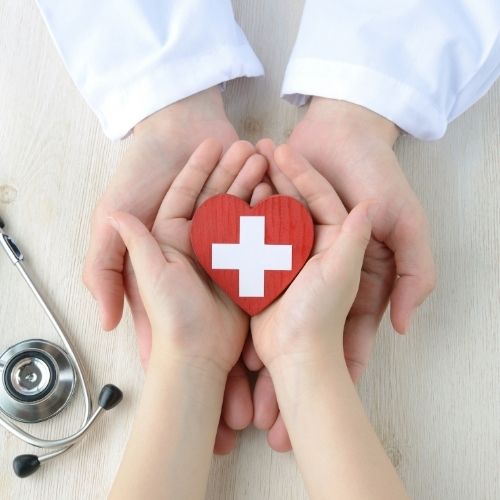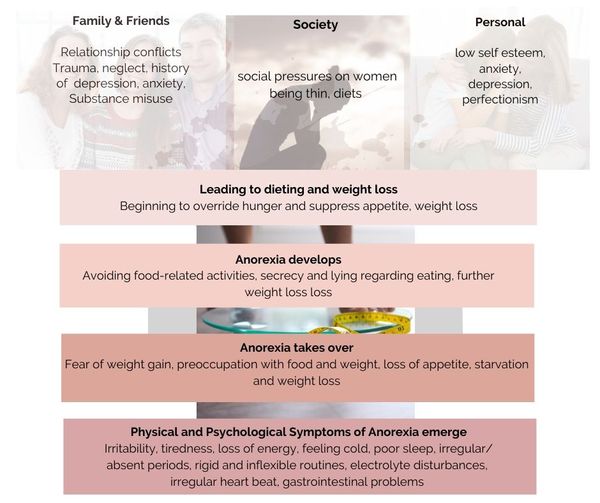Anorexia nervosa: symptoms , causes and treatment
Anorexia Nervosa – Often just called anorexia, this disorder refers specifically to the practice of self-starvation or living on an extremely restricted diet. Patients who suffer from anorexia are not able to see that they are a normal body weight, and even when they are underweight, they “feel fat.”
You would likely be suffering from anorexia if you are experiencing the following:
- Severely restricting food intake leading to significantly low body weight for the person’s age, gender, and height
- Failure to gain weight resulting in significant low body weight for the person’s age, gender and height
- Fear of weight gain or becoming fat
- Having a distorted body image, eg. believing you are overweight or fat when you are actually underweight
- Having distorted thoughts relating to weight and food, eg., thinking you would gain weight by eating a small portion of food





